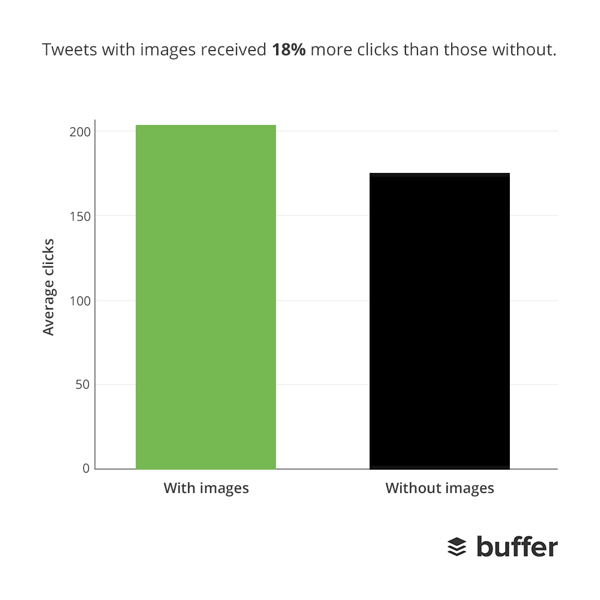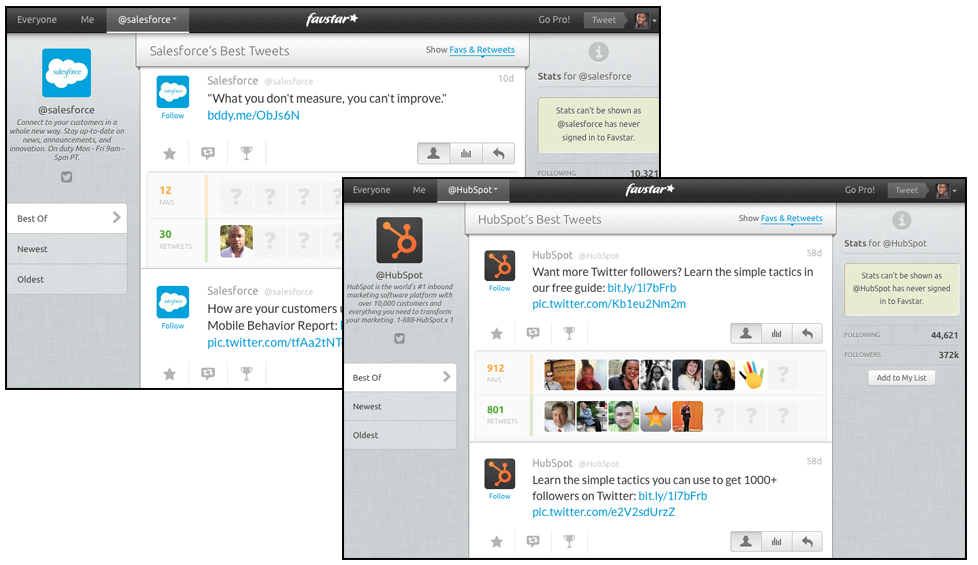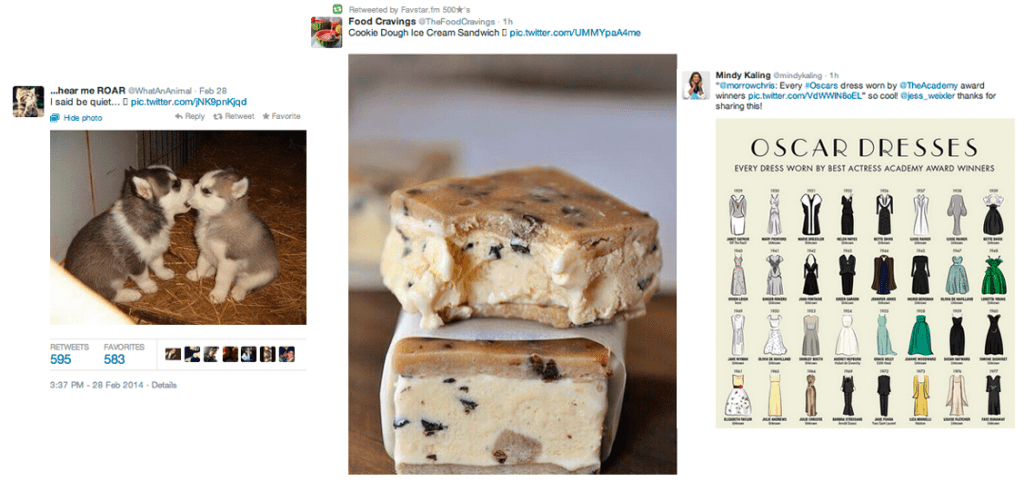Have you ever taken a step back to think about whether or not your content strategy is right?
I’m sure you’ve looked at Analytics to see what content is doing better but have you ever revisited your actual strategy?
A shift in your approach is nothing to be afraid of and is definitely nothing to be ashamed of. Technology changes so quickly that it’s important that you embrace change intentionally.
You need to look for opportunities to be better and be thirsty for insights that can help you craft the right story and put it in front of the right people.
Look, I don’t have all the answers for your business and your content strategy.
To give you those, I’d have to actually look at your business, target audience and gather some research on what works and doesn’t work in your situation. I don’t know exactly what’s wrong with your strategy or have the slightest clue what will 100% work but I do have some insights that might help.
After working in the marketing space for the past few years, I’ve seen a lot of content and I’ve seen a lot of plans. I’ve built strategies for Fortune 500 companies and executed plans for everything from Startups to government.
Based on this experience, I’ve gained a lot of tricks and in this post I want to share with you three simple ways that you might improve your content marketing results:
Include More Visuals In Your Content
It’s impossible to predict the future without spending time looking at trends and insights from the past. If you look at the last twelve months, there has been a significant increase in the number of photos shared on social media.
With channels like Instagram, Twitter and Facebook putting more focus than ever on photos and visual assets, it’s clear that visuals are leading the way as a huge driver of content. According to the folks at Buffer, their studies have shown that visuals are more engaging than text on both Facebook and Twitter.
This is largely due to the increased emphasis that both of these channels are placing on photos. Facebook has given photos more space on the newsfeed and Twitter is now allowing for expanded and embedded photos to live directly in tweets. Here’s one of their key findings: 
As you think about your content strategy, think about how you can use visuals to take it to the next level. Embed more photos in your blog posts, turn your data into graphics and consider using tools like Slideshare to drive distribution.
Spend More Time Understanding What Goes Viral
Over the last few years, I’ve spent hours on top of hours studying what goes into creating and sharing viral content. The topic around viral content and what content drives shares interests me greatly because it’s the best place to start when it comes to combining psychology with business.
You need to understand people to understand what goes viral. You need to understand their fears, their interests, their goals, their biases and even their insecurities to truly identify what type of content will resonate with them.
Study Viral Content Blogs Like BuzzFeed & ViralNova
A lot of marketers spend too much time trying to figure out what will go viral amongst other marketers instead of understanding the real world.
The folks behind websites like Gawker, ViralNova, Buzffeed and Wimp are always thinking about the average website user. As such, taking inspiration from their content and the stories they share can provide great insight.
Here’s a deck that I strongly recommend you check out if you’re interested in understanding their processes:
One key insight in identifying what content goes viral can be found in analyzing the headlines of the most viral posts. We know that people make decisions on whether something is worth clicking or even worth sharing depending on the headline. As such, marketers should study viral headlines to better understand what resonates with not just the general public but their target audience as well.
Leverage @FavStar To See What’s Gone Viral

It’s simple insights into what gets shared by average people and what is the most engaging and interesting to them. FavStar has twitter accounts that engage when users have 250 tweets, 500 tweets, 1000 tweets and more.
Here’s an example of some of the most viral tweets with over 500 retweets that were mentioned by the @FavStar500 account:
At first glance you might not see the relevance here but it all depends on your business and target audience. An organization that sells baked goods could look at the @TheFoodCravings tweet and quickly identify a new business opportunity in this type of product but also identify the power of sharing DIY recipes and “Food Porn”.
It’s all about insights.
The quality of insights you can capture from scanning through these tweets is undeniable. You get an unfiltered look at what gets shared and have the ability to better understand what you can share that will go viral.
Don’t Forget The Power Of Content Distribution
According to Forrester Research, more than 85 percent of businesses publish content, but only 35 percent feel they’re doing it effectively.
I’m of the belief that the majority of these individuals having trouble with their blogging efforts are struggling because they don’t have the right distribution channels set up. Or worst, they aren’t hustling enough to push their content into the right communities.
Startups, businesses, marketers and bloggers as a whole are flooding the market with content. I’m sure you’ve noticed the surge in the number of blog posts showing up on your newsfeeds and inbox over the last few months.
It’s because more web content is being created every year than ever before. Thus, the challenge for you as you promote your brand is not in the actual creation of content but in the ability to cut through the noise and have your content placed in front of the right audience.
Instead of simply thinking about the type of content you’ll create, you need to also think about where this content will go. Look for communities like Reddit, HackerNews or Inbound.org to act as potential channels where your content can be put in front of the right people. If you’re creating content like Slides or Infographics – Offer your content as a part of a guest post!
The opportunities are endless but they’ll require some hustle.
Content marketing is definitely one of the biggest and fastest growing opportunities for organizations to capitalize on. It’s one that is truly built on a marketer’s ability to study human insight and leverage it to create content that offers value. From there, it’s about delivering that content where the audience is spending their time and crafting the story in a way that is worth sharing.
If you have any other tips – I’d love to hear them in the comments! Or if comments aren’t your thing – be sure to say hello on Twitter!

